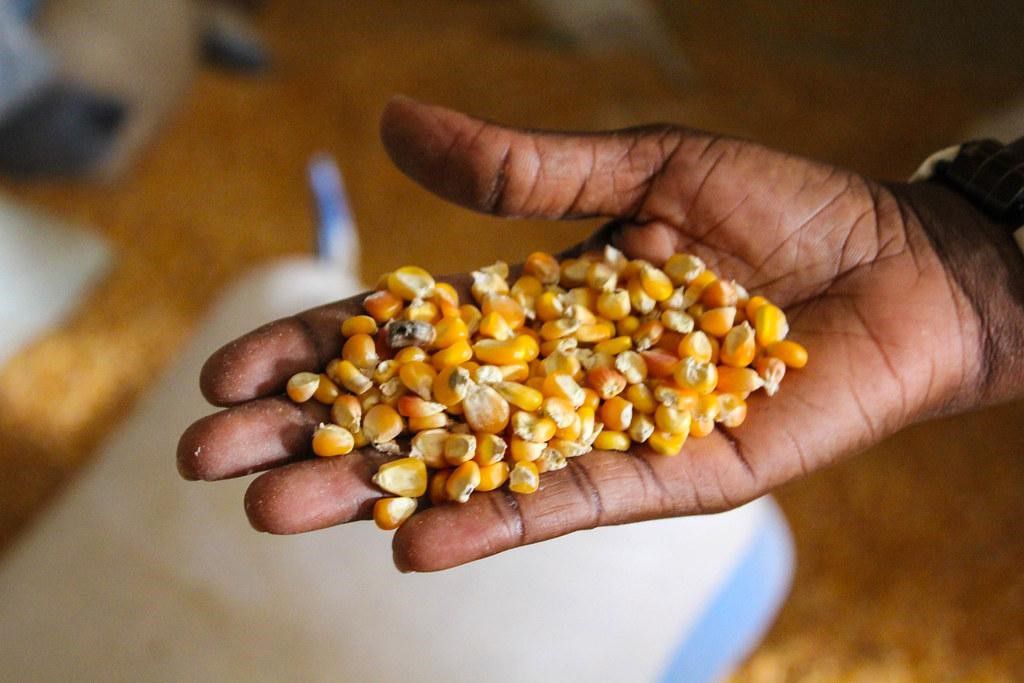Smallholder farmers often face harsh or idiosyncratic growing conditions, and techniques developed for optimal conditions often don’t work. But information technology is starting to help.
Geomapping tools have convinced banks to lend to smallholders. Pastoralists can access real-time data on the spread of livestock diseases online. Now, farmers and their advisers can access up-to-date professional tips on the best fertilizers to use and seeds to plant based on seasonal changes or changing farming conditions.
“Key stakeholders, particularly extension agents and agro-input dealers, will be able to provide appropriate recommendations on major crops and varieties with high adoption potential.”
On August 25, the International Fertilizer Development Center (IFDC) launched its new Fertilizer and Seed Recommendations Map for West Africa or FeSeRWAM. The original version of this technology was first rolled out in 2020, but with this update, the mapping tool adds better functionality and an enhanced user experience, IFDC said. IFDC calls its new tool a “georeferenced web-based platform that provides recommendations to increase the demand for and use of appropriate fertilizers, improved seed varieties, and good agricultural practices to increase agricultural productivity in West Africa.”
Coping with inevitable change
Comprised of dozens of countries, West Africa is home to an array of warm-weather climates, from rainforests to grasslands to harsh arid zones where farming and pastoralism can be a struggle. Climate change is causing even more variance and uncertainty in the weather and climatic zones throughout the vast region. This new online tool, financed in part by the US Agency for International Development, is meant to be a way for farmers, government extension services, and non-profits supporting smallholder agriculture in the region to cope with these changes. IFDC also partnered with the West and Central African Council for Agricultural Research and Development (CORAF) on development.
Incorporating “agro-input packages,” the fertilizer and seed advice online map will initially cover 771 seed varieties for 27 crops grown in 13 West African countries. Organizers say they believe the tool can help some 600,000 smallholder farmers in the region grow more food and protect themselves from unanticipated shifts in climate and weather.
An array of users
IFDC says their online tool can be used by anyone. Farmers fortunate enough to have internet access can tap the system for strategies for boosting yields. Agricultural extension agents can use it to determine the best seed and fertilizer mix for the climate and ecology, or for developing farmer training materials. And government agencies can use the tool to inform their agricultural support and subsidy policies.
“With this innovative tool, key stakeholders, particularly extension agents and agro-input dealers, will be able to provide appropriate recommendations on major crops and varieties with high adoption potential that can help improve agricultural production, enhance farmers’ incomes, and contribute to the food and nutrition security of vulnerable households across West Africa,” said IFDC regional director Dr. Oumou Camara in a release.
Grow Further is watching the development of this mapping technology with an eye to building upon it or expanding its use to other parts of the world.
— Grow Further
Photo credit: Maize seeds distributed as part of the West African Agricultural Productivity Program. World Bank.




